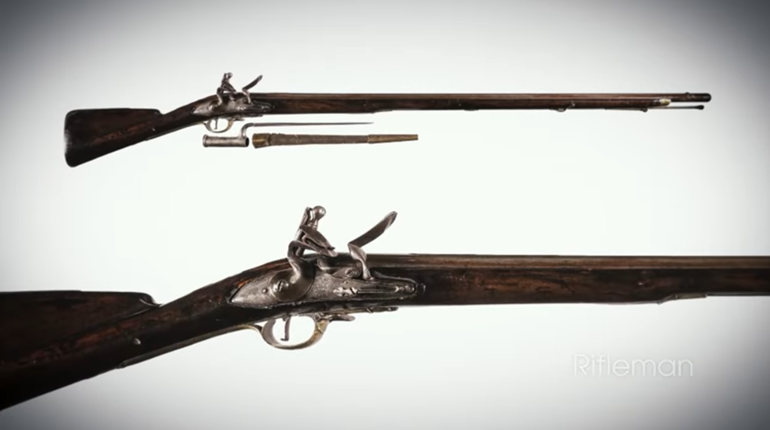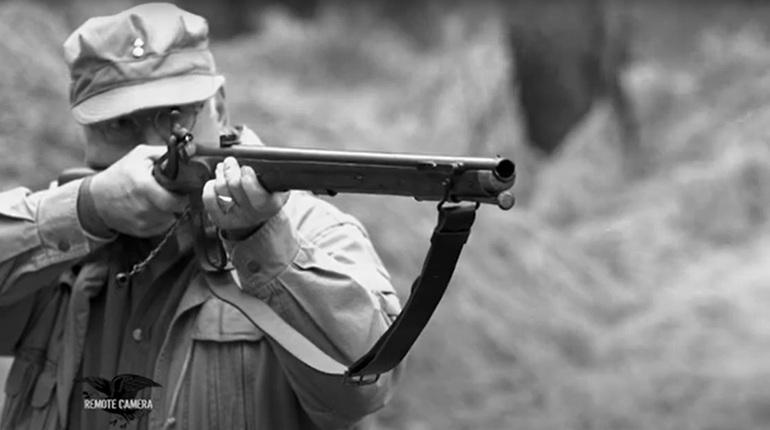The story of the M1 carbine as a military weapon is one of the stranger ones in the history of America's firearm innovation. One of the reasons why is that, long before it began its service in World War II (and, later, Vietnam), this .30-cal. rifle saved of one of its inventors from several decades of prison time. This feat wasn't accomplished in an act of self-defense ... it was judicial.
His name was David Marshall Williams, and he'd always been gifted at mechanical repair and design. However, during Prohibition, he directed much of that acumen towards bootlegging. During a police chase, Williams shot and killed a Sheriff's Deputy (although there is some debate over whether it was his bullet that actually did the deed or not). He was sentenced to 30 years' hard labor--and back then, that really meant something.
But during his time in prison, Williams' mechanical brilliance shone through his felon stripes. After his jailers made note of it, Williams was permitted to use the prison machine shop to fabricate tools and, later, to fix the guards' firearms. During this time, Williams designed and built four firearms and worked out the fundamentals of the short-stroke piston system that would later be used in the M1 carbine. Just six years into his sentence, the state governor commuted it. Williams was released in 1929, and began working for Winchester Repeating Arms, which hired him in 1938.
Williams' piston system was introduced into an experimental, magazine-fed, .30-cal. rifle that the firm was developing as a replacement of the newly adopted M1 Garand. Although that particular design wasn't adopted, the military later called for a sized-down, carbine-length version. In an impressive feat of quick engineering, three men were able to develop a working prototype that garnered the attention of the U.S. Army during trials and was officially adopted as the M1 carbine, chambered for the new .30 Carbine cartridge, shortly before the U.S. entered World War II.
Check out this great video from our friends at ARTV for more!



























